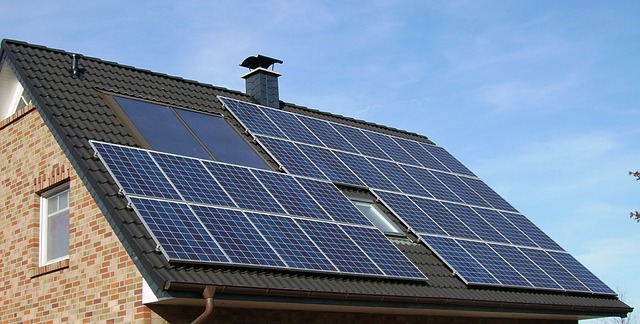
TD Solar Shop, · Solar energy equipment supplier Rating 4.7 out Reviews, (905) 865-8246,,
,Direction
Here’s a comprehensive checklist for installing solar panels at home:
Assess Energy Needs: Determine your household’s energy consumption to calculate the appropriate size and number of solar panels needed to meet your electricity requirements.
Evaluate Roof Suitability: Check if your roof receives ample sunlight throughout the day and is structurally sound to support solar panel installation. Consider factors such as roof orientation, shading, and age.
Research Local Regulations: Familiarize yourself with local regulations, zoning laws, and permit requirements for installing solar panels in your area. Obtain necessary permits before starting the installation process.
Choose Solar Panel Type: Select the type of solar panels that best suits your needs, whether monocrystalline, polycrystalline, or thin-film. Consider factors such as efficiency, durability, and aesthetics.
Select Inverter and Battery Options: Choose an appropriate inverter to convert solar energy into usable electricity and decide whether to install battery storage for energy backup or off-grid capability.
Get Multiple Quotes: Obtain quotes from reputable solar installation companies or contractors. Compare pricing, warranties, equipment quality, and installation timelines before making a decision.
Review Financing Options: Explore financing options such as solar loans, leases, or power purchase agreements (PPAs) to determine the most cost-effective solution for your budget.
Schedule Site Visit: Arrange for a site visit with your chosen solar installer to assess roof condition, shading, electrical wiring, and other factors that may impact the installation process.
Sign Installation Contract: Review and sign a detailed contract outlining project scope, pricing, warranties, and timelines. Ensure all terms and conditions are clearly stated and agreed upon before proceeding.
Arrange Installation Date: Coordinate with the solar installation team to schedule a convenient date for the installation. Confirm access to the property and any necessary accommodations in advance.
Prepare Roof Surface: Clean the roof surface and make any necessary repairs or reinforcements to ensure a stable and secure mounting surface for the solar panels.
Install Solar Panels: Professional installers will mount the solar panels onto the roof using racking or mounting systems designed for optimal performance and durability.
Connect Electrical Components: Connect the solar panels to the inverter, electrical panel, and utility grid in accordance with local building codes and safety standards.
Complete Permitting Process: Obtain final inspections and approvals from local authorities to ensure compliance with building codes and permit requirements.
Activate Monitoring System: Set up a monitoring system to track energy production, monitor system performance, and detect any potential issues with your solar panel installation.
Educate Yourself: Familiarize yourself with your solar panel system’s operation, maintenance requirements, and warranty coverage. Keep documentation and contact information for future reference.
Enjoy Solar Savings: Start enjoying the benefits of clean, renewable energy as your solar panel system generates electricity and reduces your reliance on traditional grid power.
By following this checklist and working with experienced professionals, you can ensure a smooth and successful solar panel installation process for your home.








